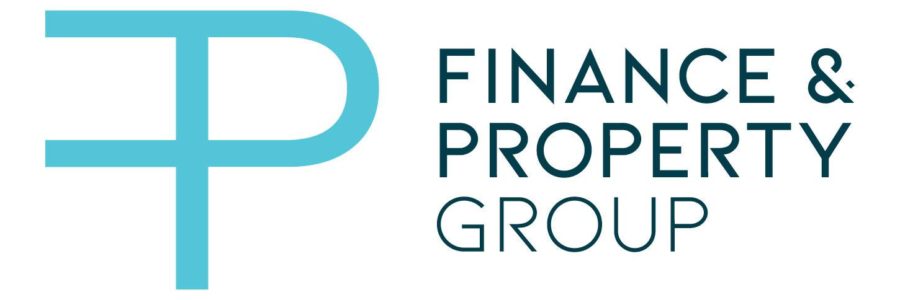At Finance and Property group, we believe that insurance is important. Why? Because its helps you protect your greatest asset – you and your family. Insurance is more than just the house.
It’s ensuring that if the worst happens – and trust us when we say that sometimes it does – that you have every protection in place to ensure your future financial security.
In Australia, only about 4% of people with children have adequate insurance, making us one of the most underinsured countries in the world – ranked at number 16 on the global scale to be exact.
The general consensus is that should anything happen to our home, income or ability to pay off our mortgage many of us are happy to sell an asset, rely on Centrelink or use our savings. But those options are just not as available as you think they will be, and many people get caught out.
To help you make sure that you have your bases covered, our insurance expert Matt has put together the two basic insurances you need to have if you’re a property owner.
#1 Income protection insurance
Many Aussie’s don’t think twice about insuring their home and car, but hesitate when it comes to protecting their ability to earn an income. This is where most people get caught out when things go wrong. Your income, and your ability to earn it, is your largest asset and is the most important factor in paying for your lifestyle and your home loan.
Imagine if you suddenly get sick and can no longer work. You partner may still be able to earn an income but that may not cover your existing mortgage repayments or debts yet it means you don’t qualify for any assistance from Centrelink. What would you do? The last thing you want to do is have to sell your home.
Income protection insurance usually pays upto 75% of your income over a short or longer period of time if you are ill or injured, and unable to work. Schools fees, mortgage repayments, medical expenses and living costs (like food & petrol) can all be covered while you recover. Even if you are only out of work for a short period, income protection insurance could mean the difference between not having to think about your finances, and having to sell assets to cover your costs.
But there is some good news here. Income protection insurance is tax deductible and can again, be relatively low cost. If the unforeseen happens, such as a cancer diagnosis or even a broken leg, you’ll know you have the funds to get back on your feet again – without putting a major dent in your savings or racking up future debt.
#2 Trauma insurance
Trauma insurance can help keep your family secure if the worst was to happen to you, or your children, such as a cancer diagnosis or severe injury or illness.
It’s a sad fact that it can happen to any of us – so it’s important to be mindful of how you would cover a big debt, like your mortgage – should it happen to you. Trauma insurance cover or critical illness insurance, provides a lump sum of money to cover immediate medical expenses and other financial needs such as your mortgage, when a critical illness or injury occurs.
Trauma cover pays an agreed amount to cover you for many different issues such as heart attacks, cancer or intensive care. While income protection covers your agreed income over a period of time (dependant on your cover), trauma insurance is generally paid out in a lump sum and can be paid on top of income protection insurance.
This money than can be used for things like:
- Any private medical costs above your health insurance
- An income stream if you stop working, but find out about income protection first
- The ongoing cost of any therapy and special transport costs
- Adjustments to housing and lifestyle changes
- Debt repayments
Trauma insurance can take help you ensure you and your family maintain your financial security if you get injured, become too ill to work. You can also arrange cover for your children so if the worst should ever occur, you know that you are covered financially so you can concentrate on caring for your children rather than worrying about work. That’s not a pretty picture, but we know all too well that illness don’t discriminate.
Am I covered?
You may want to know for sure if you’re covered, and what insurances might suit you and your life best. We find when we meet with clients that most people don’t even know what insurance they have and what they may have been paying for without realising.
Superannuation funds can provide some coverage, but it’s important to review this regularly to ensure you’re not only adequately covered, but that you are also not paying too high fees that may impact your future retirement.
We can help get you covered
The reality of what can happen in life means that when you own a home you need to get all your insurance ‘ducks in a row’.
We can help you make sure that you have all your bases covered when it comes to your mortgage, your income and your family. We have years of experience in providing credible and professional financial services to our clients and we take the time and hassle out of creating your long-term financial security and guide you through the process with expert financial advice.
Whether you have no insurance or would like to review your current policies, we can help make sure you have the right cover.




